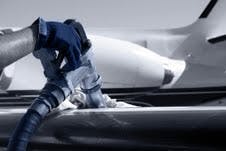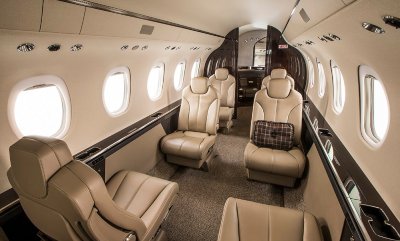6 Ways Aircraft Operators & Pilots Work Together To Reduce Fuel Costs

Ryanair yesterday announced a sharp drop in operating profit, due to the rise in aviation fuel costs.
Ryanair’s answer to improve their margins is to fly slower (and possibly sell more lottery tickets tickets at the same time?).
Of course rising fuel costs affect the whole aviation sector, not just budget airlines. The cost of fuel on a private jet flight is approximately one third of the cost of a private charter. Therefore reducing the fuel cost is high on the agenda of many private jet companies too.
But saving fuel cost does not have to impact customer service levels. With time saving being the main reason for our customers using private aviation, we have no intention of slowing our jets down!
Here are six other ways aircraft operators and pilots can work together to use less fuel:
1) Use modern aircraft.
The older generation aircraft burn more fuel. With the average age of the PrivateFly fleet being under 5 years old, the fuel burn of a modern private jet is substantially less than older aircraft. Many airlines are now replacing their legacy fleet with new aircraft. For example the Boeing 787 Dreamliner burns a staggering 30% less than older, equivalent aircraft.
2) Buy fuel in advance or hedge.
Aircraft operators can negotiate with a particular fuel supplier to fix prices over a period of time. Read more in our previous post How Private Jets Refuel
3) Fly higher.
Aircraft engines are more efficient at lower temperatures, which are reached at higher altitudes. Private jets can fly higher than airliners. Not many airlines fly above 40 000ft, and that is the level at which most private jets cruise.
4) Fly direct.
Despite a 20-year effort by the European aviation industry, airspace is still controlled individually by each country. This results in many aircraft flying indirect, zig zag routes – adding more than 5% to the total fuel burn. As private jets fly higher, in less congested airspace, more direct routings are available.
5) Reduce taxi time.
Delays on the ground result in unhappy customers and increased fuel burn. Ensuring flight clearances are obtained before passengers board enables a swift taxi to the runway.
6) Taxi on one engine.
Not often used in the private jet sector, many airlines now only start their second engine minutes before take off. They taxi to the runway holding point using just a single engine, to burn less fuel while the aircraft is still on the ground.
Related content

How much luggage can I take on a private jet?

Our latest exclusive Jet Card event at Dom Pérignon Maison



